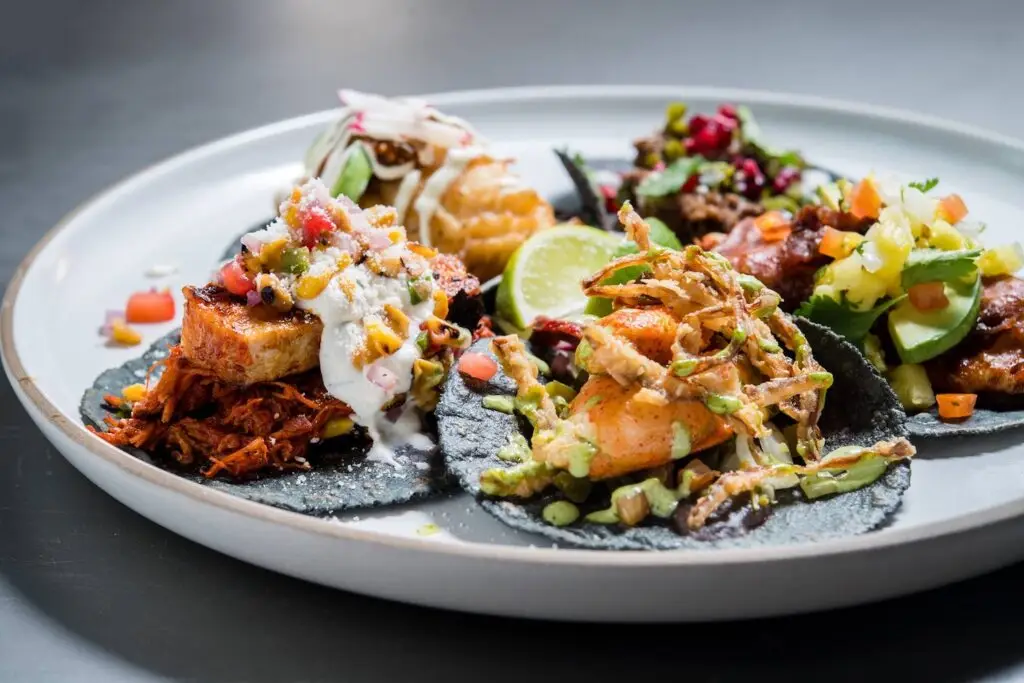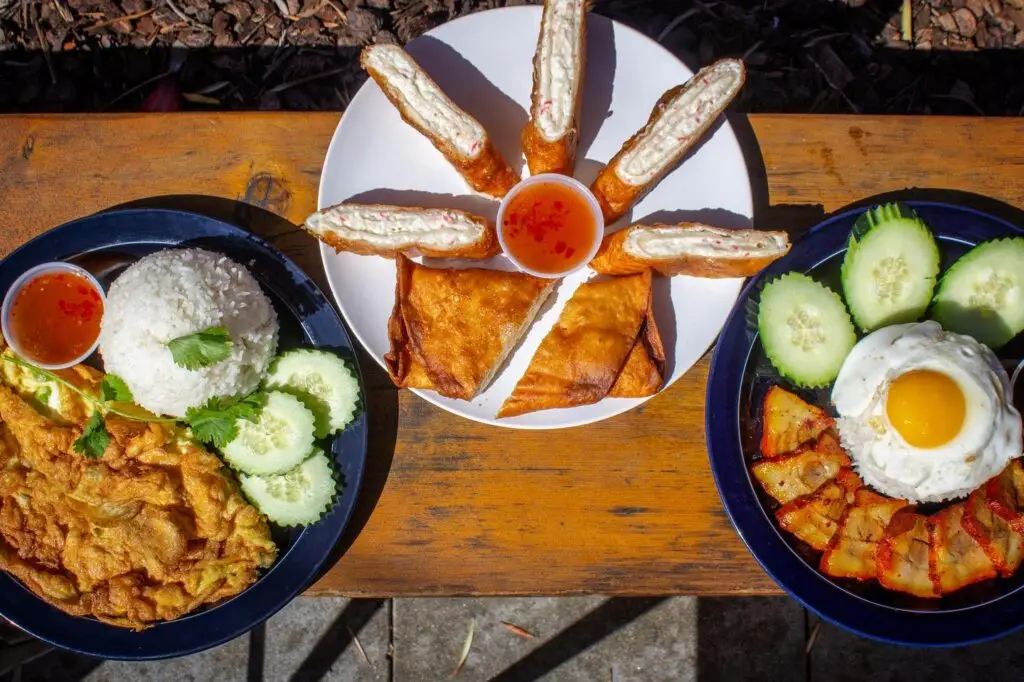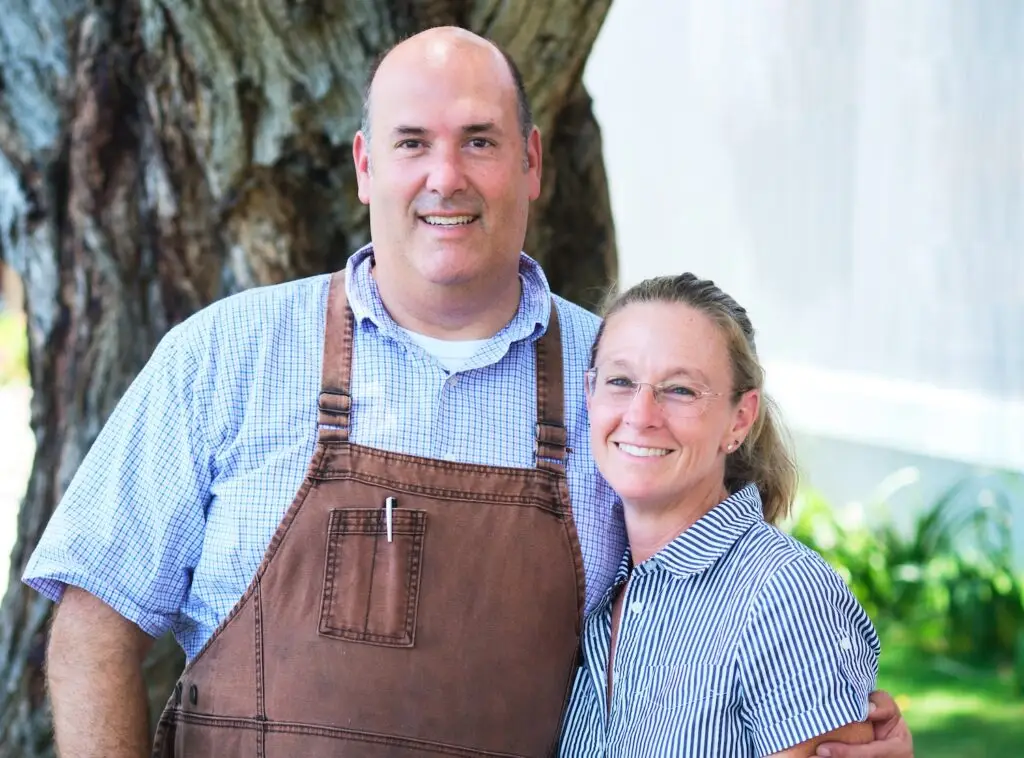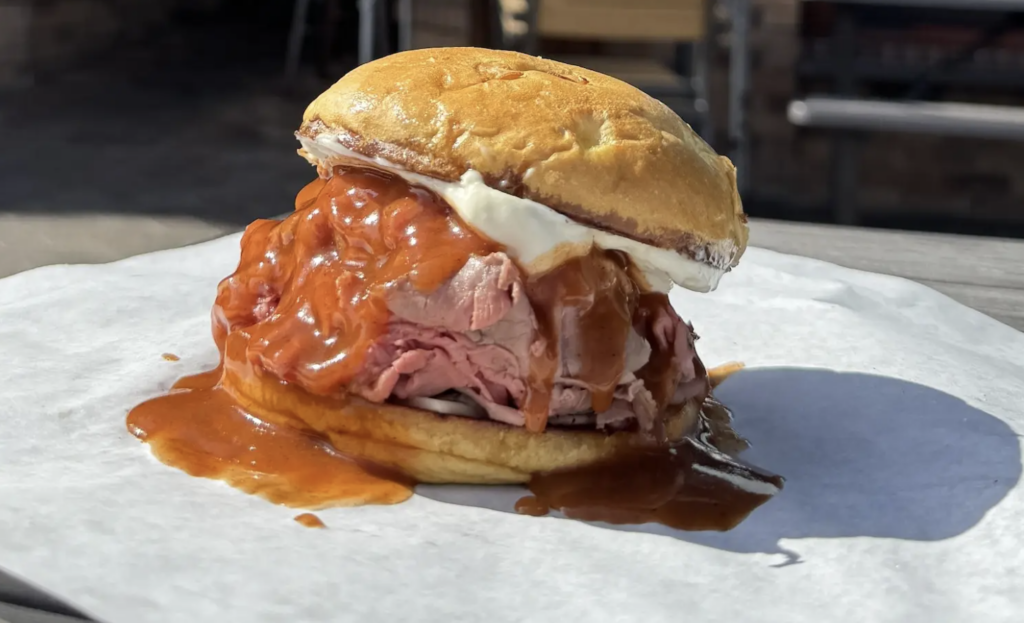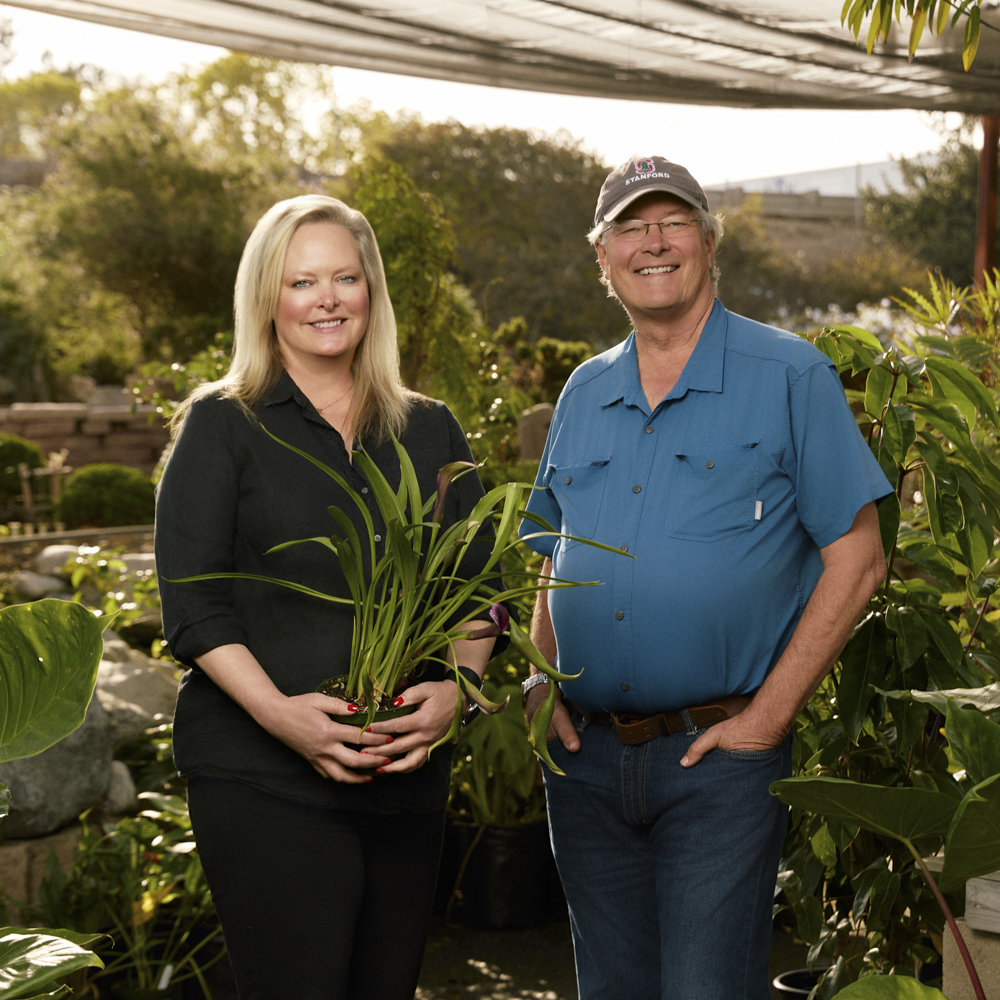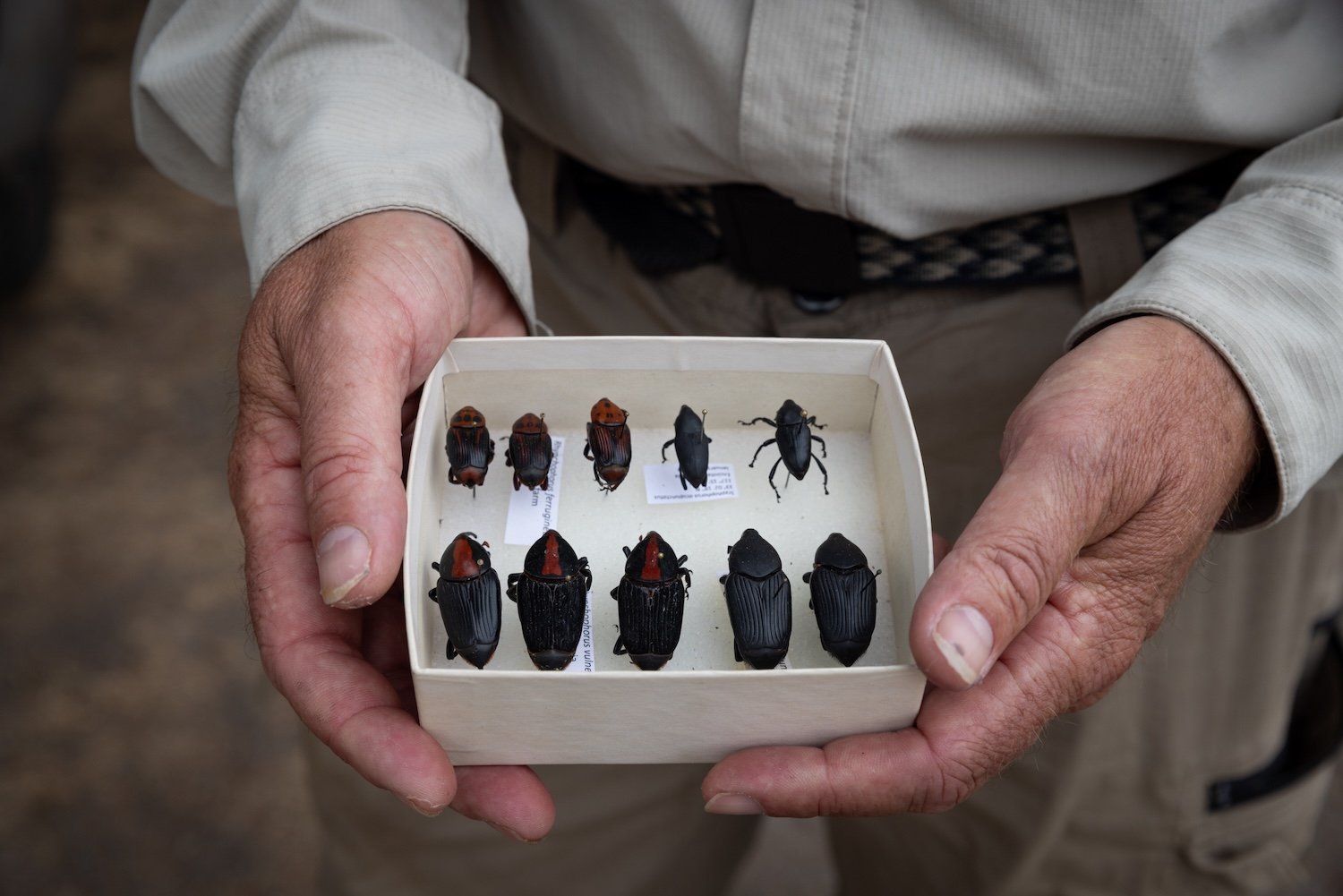Mark Hoddle lifts the top off a hanging trap and points down at about 20 wriggling, hefty, snout-nosed, black weevils. “They are charismatic-looking,” he says.
His job is to destroy them.
Hoddle is an entomologist at the University of California, Riverside. We are standing in the middle of the Sweetwater Reserve in Bonita, a kind of real-life Hieronymus Bosch painting illustrating an imminent arboreal hell. It’s a palm tree boneyard. Dried-up Canary Island date palm fronds lay in heaps next to behemoth headless trunks.
The shriveled trees are evidence of a wild party: an orgy of South American palm weevils. After mating atop the palm, the flying beetles lay their eggs. The larvae hatch and eat the palm heart, becoming grubs the size of chunky man thumbs, before spinning a palm fiber cocoon and rendering the palm—even
the most sturdy and vital—terminal within months. “It’s a death sentence for the tree,” Hoddle says.
Because they’re like the cow of palms—big and meaty—the date trees are by far the weevils’ favorite. But that doesn’t mean our Mexican fan palms, the tall, lithe ones lining our boulevards, are safe. “It’s like a buffet,” Hoddle says. “The weevils will get the best stuff first, and then when that’s all gone, they’ll work their way down.”
First spotted in San Ysidro in 2011, the invasive weevils are now firmly established. They’ve already taken out more than 20,000 palms in San Diego. Now, they are moving steadily north. Hoddel believes it’s only a matter of time before they arrive in the Coachella Valley, home to a $300 million date industry. When they get there, it’ll be a palm massacre, severely disrupting date-shake life. “We are trying to get
everything ready for an anticipated invasion,” Hoddle says. It’s not just the dates many are concerned about, though.
PARTNER CONTENT
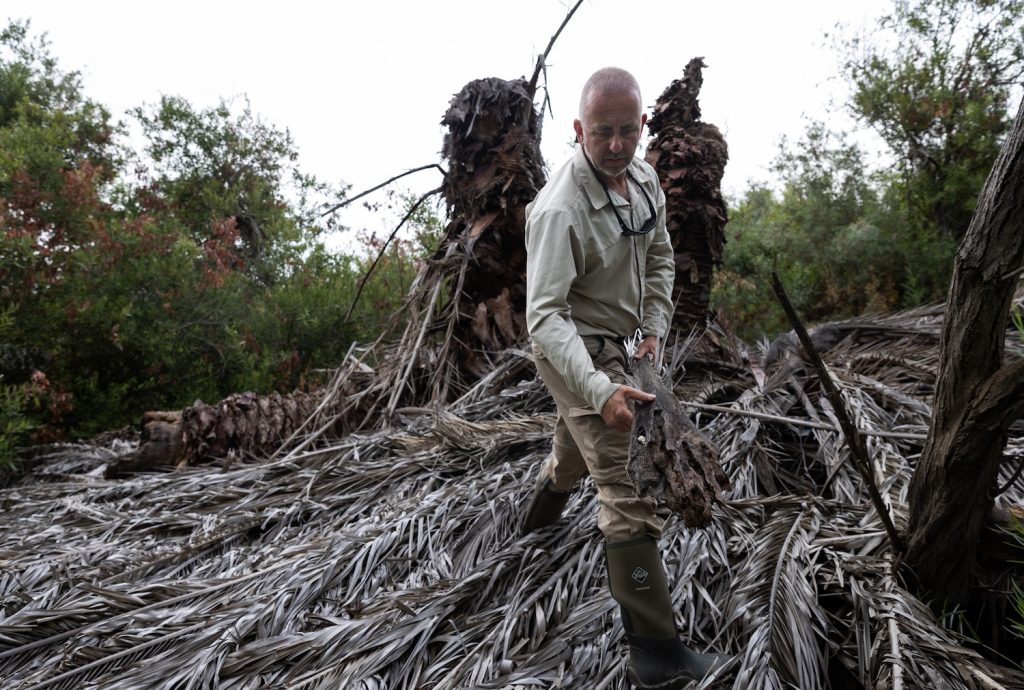
Californian identity is deeply intertwined with the palm, for good reason—along with the Gold Rush, the palm tree was one of California’s early big wins in branding.
Palm mania started slowly, explains Donald Hodel, an emeritus horticulture advisor for the University of California, Division of Agriculture and Natural Resources. Canary Island date palms, he says, were first brought over by mission-building padres in the late 1700s. They wanted the real-deal fronds when Palm Sunday came around.
From there, palms built up some serious nonsectarian steam. Hodel tells me that, in the late 1800s, developers used palm trees as a siren song for East Coasters, summoning them westward to seek out paradise. They planted Mexican fan palms around citrus orchards and manufactured postcards depicting California as healthy, tropical, and exotic.
After World War II, young veterans exiting the military came west for “their own piece of the pie,” which included a “postage-stamp-sized lot” with, of course, a palm planted out front, Hodel says.
“They are iconic,” he adds. “Rightly or wrongly, [palms] became associated with the upper echelons of the economic ladder.” A frond-crowned tree in your yard meant you’d made it.
Nowadays, those non-native palms are to southern California what pine trees are to Christmas. They’re culturally entrenched—which explains why governments will go to great lengths to protect them. The Encinitas City Council, for example, recently approved a $382,250, five-year plan to defend the Moonlight Beach heritage palm, which involves dousing it quarterly with insecticides, conducting regular inspections, and removing nearby infestations.
At this point, there is only preventative treatment—spraying and crossing one’s fingers—or doing nothing and just rolling the dice. Either way, the palm may die, leaving tree lovers not only bummed out but broke: A tree corpse can cost $6,000 (or more!) to remove.
It’s been tough for palm people in California. Austin Kolander, an arborist with Aguilar Plant Care and first responder on the weevil front, spends his days breaking the news to homeowners that, due to a weevil attack, there’s no hope for their beloved palms. “This woman today was so distraught,” he says. The dying palm had been planted 80 years before by her grandfather. It wasn’t just a tree to her—it was a tether to her familial history.
Luckily, a seasoned pro is on the case. Hoddle (with the help of his entomologist wife, Christina Hoddle) previously cracked the code on the Asian citrus psyllids’ decimation of California’s orange groves. He’s now working nonstop to find an answer to this weevil problem before the impending desert date palm blitz.
A predator is helpful to get an animal population into check, but the weevil doesn’t have one in California, so Hoddle began a search. In Brazil, he found a tachinid fly, which would have inspired the likes of Hannibal Lecter. It, like the weevil, deposits its eggs atop the palms, but then the freshly hatched maggots wiggle down and entomb themselves within the weevil’s cocoon. “They eat the larva alive,” Hoddle says.
Then, they pupate, using the emptied-out cocoon as a sleeping bag.
The issue is that the fly currently won’t reproduce in a lab setting. Even if Hoddle manages it, there’s still a long process involved in green-lighting the introduction of a new natural enemy.
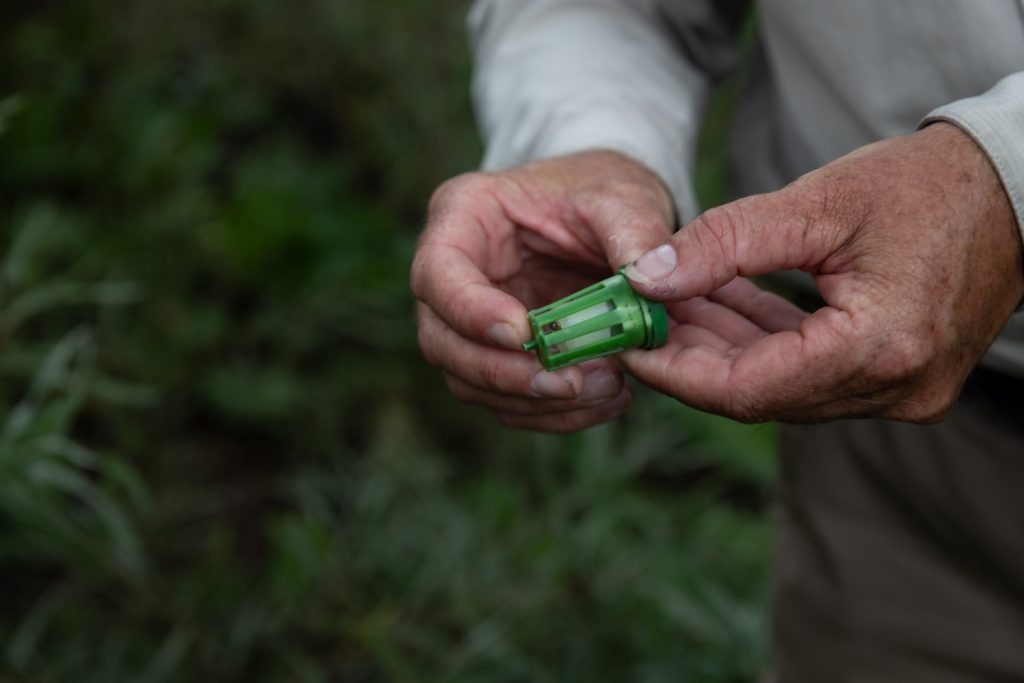
But there is some hope: He’s also currently testing a method he calls “attract and kill” in a 10-square-mile area that includes Rancho Santa Fe and Fairbanks Ranch. The process involves a hanging contraption that lures the weevils using their own pheromones—it’s like backstabbing them with their own horniness.
He points to a tiny vessel. “This is weevil pheromone aggregate.”
“What does it smell like?” I ask.
“It smells like weevil pheromone aggregate,” he says, laughing.
I bring my nose in close. Hints of musk, rust, and maybe old BandAid. Not great, but if it was a candle called Weevil Nookie, someone out there would pay 40 bucks for it.
Once the weevil lands on the trap, the insect is dosed with a puddle of potent poison. “Instead of hundreds of gallons of insecticide,” Hoddle explains, “we’d just have to put out a couple of ounces over vast areas.”
It’s still not foolproof. If it works—and, based on the numbers of weevils that have fallen for the traps so far, it does look great—and is deployed widely, the remaining Canary Island date palms will likely only have a 70 percent survival rate. But that’s far better than the 70 percent death rate so far.
The public can help the fight, as well, by reporting any symptomatic palms one observes to the University of California, Riverside’s Center for Invasive Species Research.
As we wrap up our tour of destruction, Hoddle spots a massive palm he’s been keeping an eye on for the past six years. It’s dead, with telltale signs of weevil activity. He can’t completely blame the weevils, though, he says.
Ten new insects are established in California each year, three of which become a problem agriculturally or ecologically. “Don’t blast through signs at the airport asking you to declare produce when your bags are full of mangos,” he pleads. The repercussions can be enormous: increased taxes to pay for eradication programs; higher prices for produce; more insecticides in our water, land, and bodies.
“Bugs don’t stay in your own backyard,” he says. “They spread, and then we all end up paying the price for it.”
